My Almond Orchard Experience
The Almond Board of California graciously sponsored my Almond Orchard Experience. The trip encompassed all there is to know about this wonderful nut and culminated with a tour of Stewart & Jasper Orchards (see more of my trip here!).
Nestled between the Sierra Nevada and the Pacific Coast Range lies an unremarkable-looking piece of land dubbed the Central Valley. There are no theme parks; Mickey does not reside here. The landscape is not dotted with million-dollar mansions; movie stars don’t roam the streets. Busloads of tourist bypass this area and head for trendy Napa; they don’t stop, but they should.
Here in Northern California is where the states’ true treasure exists — this, my nut-loving friends, is almond country.
Far from the glitz of L.A. stretch acres of farmland where a whopping 80 percent of the world’s healthiest nut is grown and they are one hot commodity. From Mumbai, to Seoul, to Moscow folks know a good thing when they see it and can’t get enough of this wholesome snack.
The Lifecycle of the California Almond
California’s moderate climate is perfect for growing almonds. Each spring the trees bloom, producing pale pink flowers ripe for pollination. Unfortunately, almond trees are not self-pollinating so hives of honeybees are trucked in from across the country and put to work.
By early summer, fuzzy green nutlets begin to form.
A protective hull shields the almond from heat and insects as it matures throughout the summer. When ripe, it cracks open revealing the shell inside.
By August the almonds are ready to harvest. On larger farms giant “shakers” are used to gently grasp the trunk and shake the almonds to the ground. The harvest is then swept into long rows, picked up and transported to the processing facility.
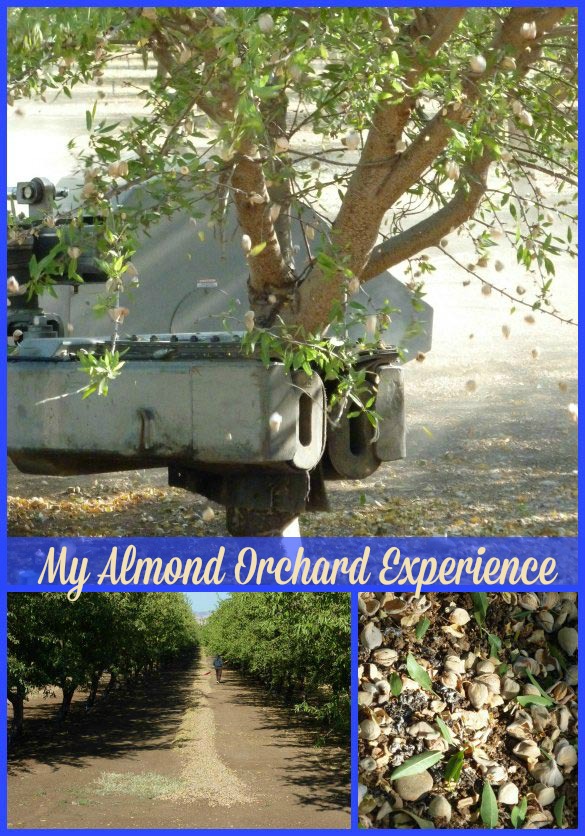
Here orchard floor debris is removed along with the outer hull. The almond is then passed between two rollers to crack the shell and remove the nut.
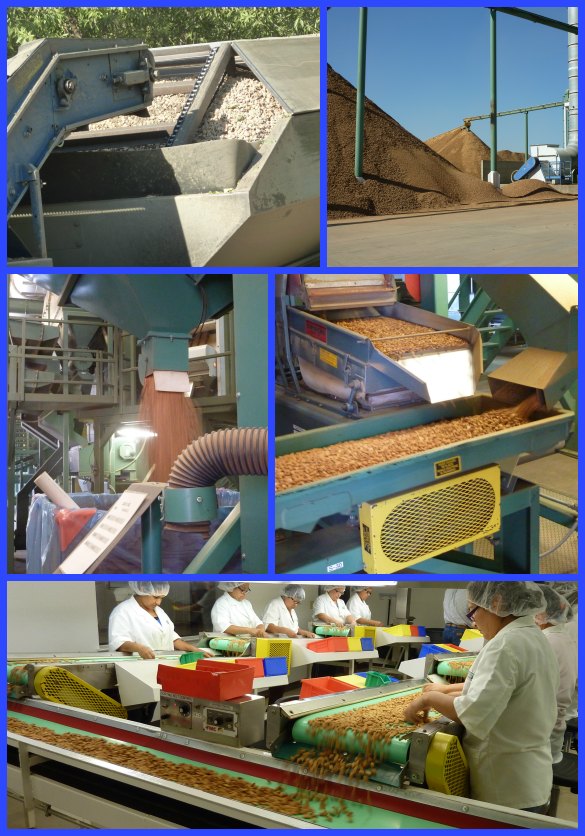
The kernels are then sorted, graded and sized before being sent for further processing.
The almond’s versatility is apparently boundless as more and more manufacturers are finding new ways to incorporate the nutritious almond into their products. At the processing plant the nuts may be left whole, blanched, slivered, sliced, chopped or ground into gluten-free flour. A less then perfect nut might be destined for your next jar of almond butter, milk, oil or extract.
The almond’s story doesn’t end here, as no part of the almond goes to waste. The shell is used for livestock bedding and the outer hull is sold as a dairy feed ingredient.
I salute the 6,500 farmers who make it possible for me to consume this delectable tree nut. From here on out when one mentions California, I will think not so much of movie stars and mansions but of nature’s perfect little package: the almond.
Can’t get enough almond info? Check out this site for everthing you ever wanted to know about the almond. —Karen

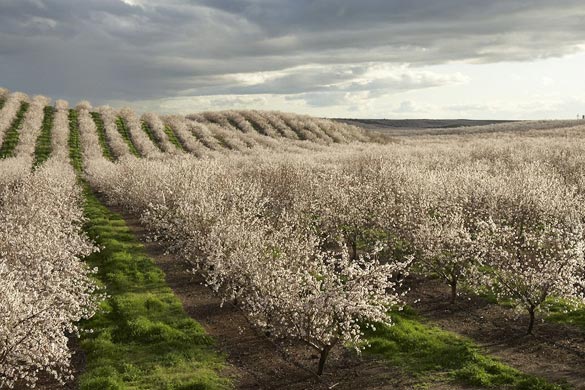
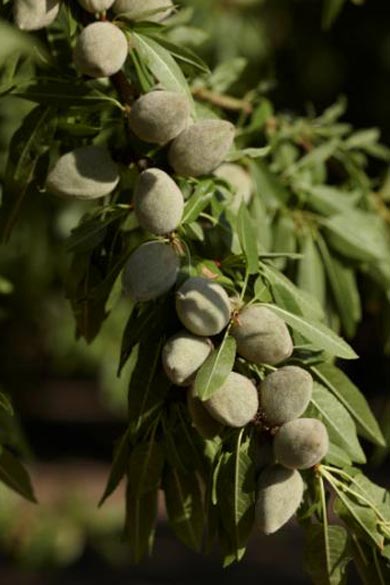
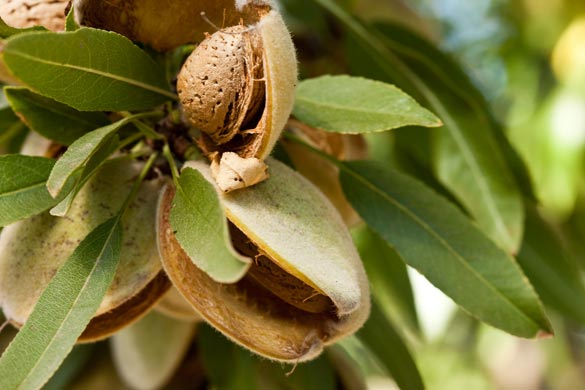

Comments
This is an interesting article, and beautiful pictures! Most people never think about how their food was processed and put on store shelves, so it’s interesting to see some of the things that happen behind the scenes. I love almonds (: I wish I could visit that almond orchard someday.
Comments are closed.